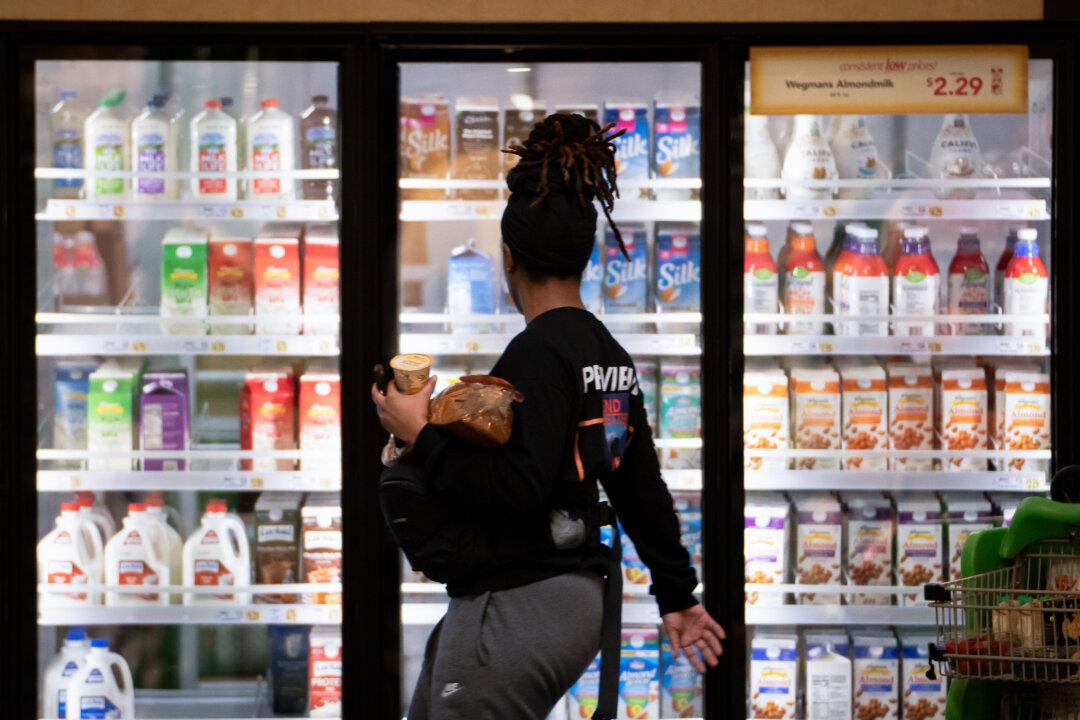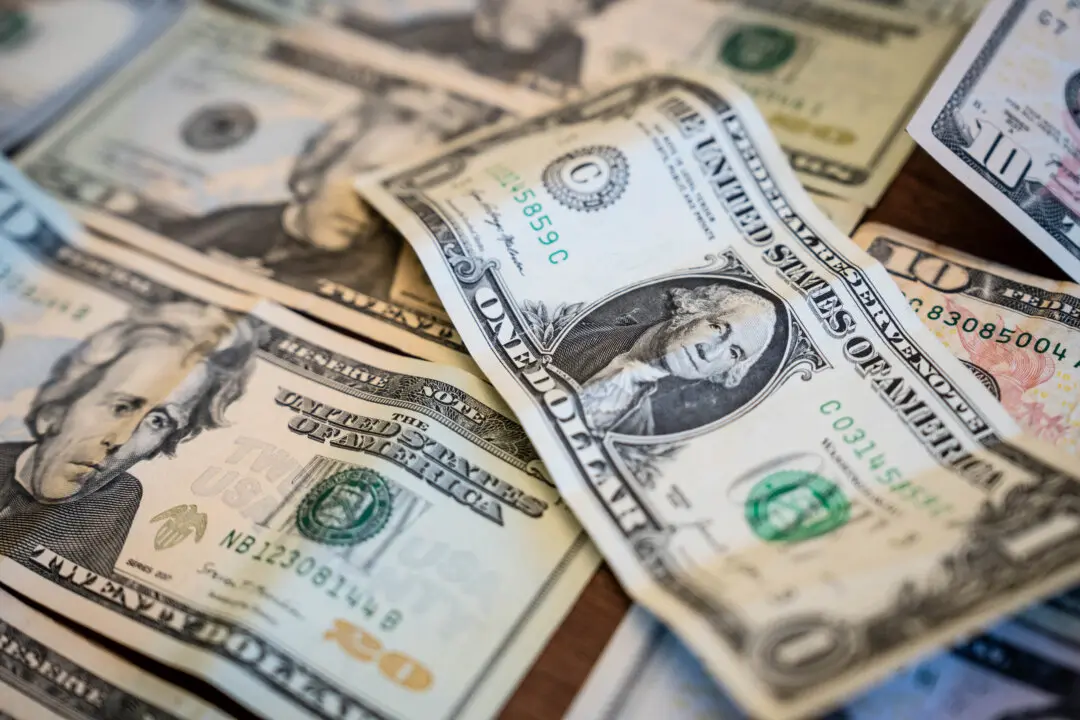The U.S. annual inflation rate rose a higher-than-expected 3.2 percent in February, underscoring the challenges that policymakers face in reducing it to the 2 percent target.
According to Bureau of Labor Statistics data released on March 12, the monthly consumer price index (CPI) rose by 0.4 percent for the second straight month, which was slightly higher than the consensus estimate of 0.3 percent.





